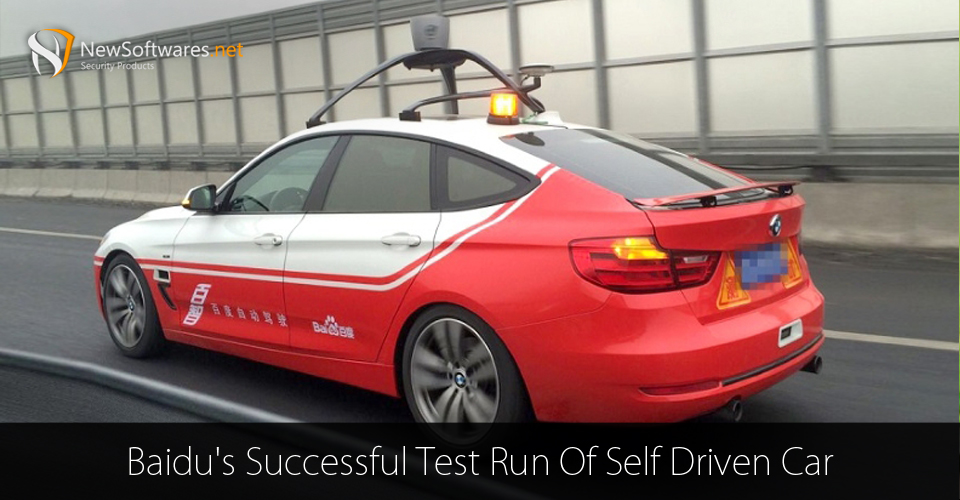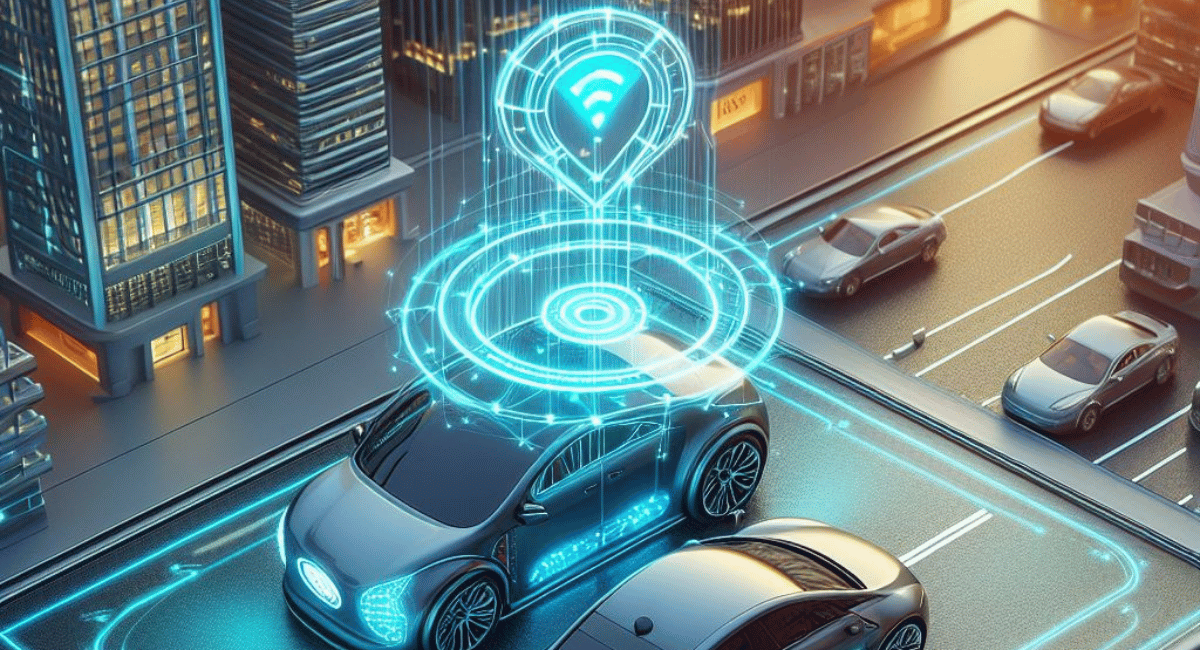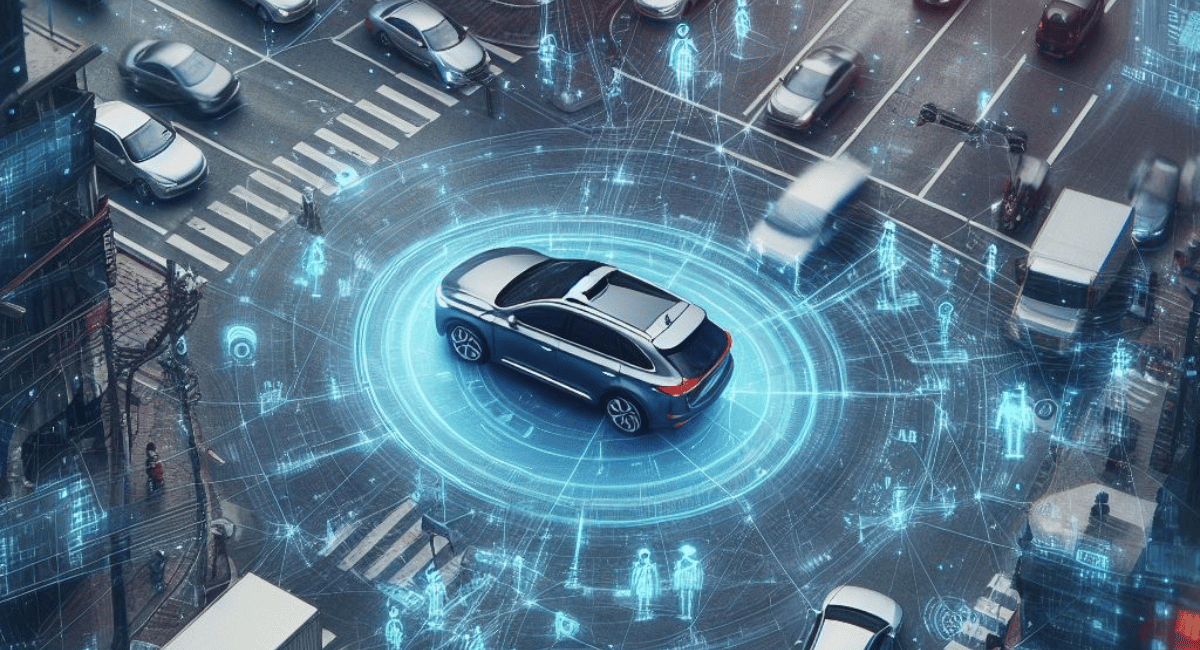China is constantly challenging the tech giants all around the globe. Now, Baidu, the Chinese search engine has performed a successful test of their self-driven car. Baidu is claiming that their wonder car was able to successfully cover the distance of 30 kilometers that had mixed roads, different conditions and challenges. Baidu has modified a BMW 3 and it is the first car in China to achieve this goal.
The automated car drove itself for 30 long kilometers without any sort of hassle or mishap. The track did not only have left and right, but, also had some U-turns as well. The car proved to be efficient enough to reduce its acceleration when it found some cars ahead. The self driven car also changed lanes, overtook other cars and merge into traffic with no difficulty. The intelligent car was able to reach a speed of 61 miles per hour.
The self driving cars have excited the tech giants of the market such as Google, Tesla Motors and Uber, along the other car manufacturers. Currently, all the success regarding this technology has been achieved in tests in the controlled environment. However, it is believed that people will be able to ride the cars without the hassle of driving themselves; instead the cars themselves will be driven.
Baidu’s successful test with their self driven car has added another missing element in the puzzle. Google’s cars have driven a million kilometers as the company, but, the top speeds of their cars have been only 25 miles per hour. However, speed is not as significant as control, but, Baidu’s experiment has proved that the car can cover the distance at a pace as well. Baidu has got an edge of Google with their in-car software, AutoBrain.
AutoBrain’s automated map technology can record 3D maps with an error of a few centimeters. The technology helps the car to determine its position, according to the company, the technology also helps the car to recognize road lanes and maintain distance from other cars.
Baidu is planning to set up a separate business unit that will only manufacture the self driven vehicles for the sole purpose of public transportation. The company is planning to accommodate the citizen with these autonomous public vehicles that are to be operated in specific fixed areas. The Chinese search engine seems to be emerging as a heavyweight of this auto-driven car industry.
Car With Best Self-Driving System

There is no single car that can be declared to have the best self-driving system, as the technology is constantly evolving and different cars have different levels of self-driving capabilities. Some of the cars that are currently leading the way in self-driving technology include Tesla’s Autopilot system, Mercedes-Benz’s Drive Pilot, Audi’s Traffic Jam Assist, and Volvo’s Pilot Assist.
Company Leading In Self-Driving Car Technology
Technology is a broad term that encompasses a wide range of tools and processes used to create, store, and share information. The most common examples of technology include computers, the internet, mobile devices, software, and hardware, but it can also include more advanced technologies like artificial intelligence, robotics, and virtual reality. Technology is constantly evolving, and it has become an integral part of our daily lives.
Statistics Of Self-Driving Cars
According to the National Highway Traffic Safety Administration, as of July 2020, there are more than 30 million self-driving cars on the roads in the United States. As of June 2020, the number of self-driving cars being tested on public roads had reached nearly 4,000. The number of self-driving cars that have been involved in accidents is relatively low, with only a few dozen reported incidents.
Advantage Of A Self-Driving Car
One of the main advantages of self-driving cars is their potential to reduce the number of traffic accidents. Self-driving cars are equipped with sophisticated sensors and software that allow them to detect and respond to potential hazards on the road. This can help reduce the number of collisions and other traffic incidents. Additionally, self-driving cars can reduce the amount of time spent in traffic, as they are able to drive more efficiently than a human driver.
What Company Is Behind Self-Driving Cars?
The most prominent company behind self-driving cars is Waymo, which is owned by Google’s parent company Alphabet. Waymo is currently leading the way in developing and testing autonomous vehicles, and has already been approved by the US government to start testing its vehicles on public roads. Other companies involved in the development of self-driving cars include Uber, Tesla, and Ford.
Machine Learning Used For Self-Driving Cars
Machine learning is used for self-driving cars because it allows the car to learn from its own experience. By using machine learning, the car can learn from past experiences, such as how to navigate around an obstacle or how to react in a certain situation. This helps the car to become more efficient and safe on the road, as it can make decisions based on its own experience rather than relying on pre-programmed rules or instructions.
Models Used In Self-Driving Cars
The most commonly used models in self-driving cars are deep learning models, such as convolutional neural networks (CNNs), recurrent neural networks (RNNs), and reinforcement learning. These models are used to detect objects in the environment, identify road signs, and make decisions about how to react. Additionally, these models can be used for path planning, localization, and control.
How Deep Learning Is Used In Self-Driving Cars?
Deep learning is used in self-driving cars to detect objects in the environment, identify road signs, and make decisions about how to react. Deep learning models, such as convolutional neural networks (CNNs), recurrent neural networks (RNNs), and reinforcement learning, are used to process data from the car’s sensors and cameras.
Is Self-Driving Car An Iot?

No, a self-driving car is not an IoT device. IoT, or the Internet of Things, refers to a network of physical objects that are connected to the internet and can exchange data. A self-driving car is not connected to the internet, but instead relies on its own sensors and algorithms to make decisions.
Why Self-Driving Cars Are Safer?
Self-driving cars are safer because they are able to react quickly to changes in their environment. They are equipped with sensors and cameras that can detect obstacles and other vehicles, and then use artificial intelligence to make decisions about how to avoid them. Additionally, self-driving cars can detect and react to changes in weather, traffic, and road conditions in real-time, allowing them to drive more safely than a human driver.
Are Self-Driving Cars More Efficient?
Yes, self-driving cars are more efficient than traditional cars. They are able to use sensors and cameras to detect obstacles and other vehicles, and then use artificial intelligence to make decisions about how to avoid them. This allows them to drive more efficiently than a human driver, as they can react quickly to changes in their environment. Additionally, self-driving cars can detect and react to changes in weather, traffic, and road conditions in real-time, allowing them to save fuel and reduce emissions.
Self-Driving Cars Better Than Human Drivers
Self-driving cars are better than human drivers because they are able to use sensors and cameras to detect obstacles and other vehicles, and then use artificial intelligence to make decisions about how to avoid them. This allows them to drive more efficiently than a human driver, as they can react quickly to changes in their environment. Additionally, self-driving cars can detect and react to changes in weather, traffic, and road conditions in real-time, allowing them to save fuel and reduce emissions.
Key Elements Of A Self-Driving Car
The key elements of a self-driving car include:
1. Sensors and Cameras: Self-driving cars use sensors and cameras to detect obstacles and other vehicles, and then use artificial intelligence to make decisions about how to avoid them.
2. Artificial Intelligence: Self-driving cars use artificial intelligence to make decisions about how to react to changes in their environment.
3. Real-Time Data: Self-driving cars can detect and react to changes in weather
Biggest Problem With Self-Driving Cars

The biggest problem with self-driving cars is the potential for accidents due to the difficulty in predicting the behavior of other drivers. Self-driving cars rely on sensors and cameras to detect obstacles and other vehicles, but these sensors and cameras cannot always accurately predict the behavior of other drivers. Additionally, self-driving cars are still relatively new technology and are not as reliable as human drivers.
Self-Driving Cars Reduce Accidents
Self-driving cars have the potential to reduce the number of accidents on the roads. By eliminating human error, self-driving cars can reduce the number of collisions and reduce the severity of those that occur. Some studies have shown that self-driving cars are significantly better than human drivers at avoiding collisions. However, these studies are still in the early stages, and further research is needed to determine the full effect of self-driving cars on accident rates.
Machine Learning Algorithm Used In Self-Driving Cars
Self-driving cars use a variety of different machine learning algorithms to navigate their environment. Commonly used algorithms include supervised learning, reinforcement learning, deep learning, and unsupervised learning. Supervised learning algorithms are used to learn from labeled data, while reinforcement learning algorithms use rewards to learn from interactions with the environment. Deep learning algorithms are used to recognize patterns in data, while unsupervised learning algorithms can detect patterns without being explicitly told what to look for.
